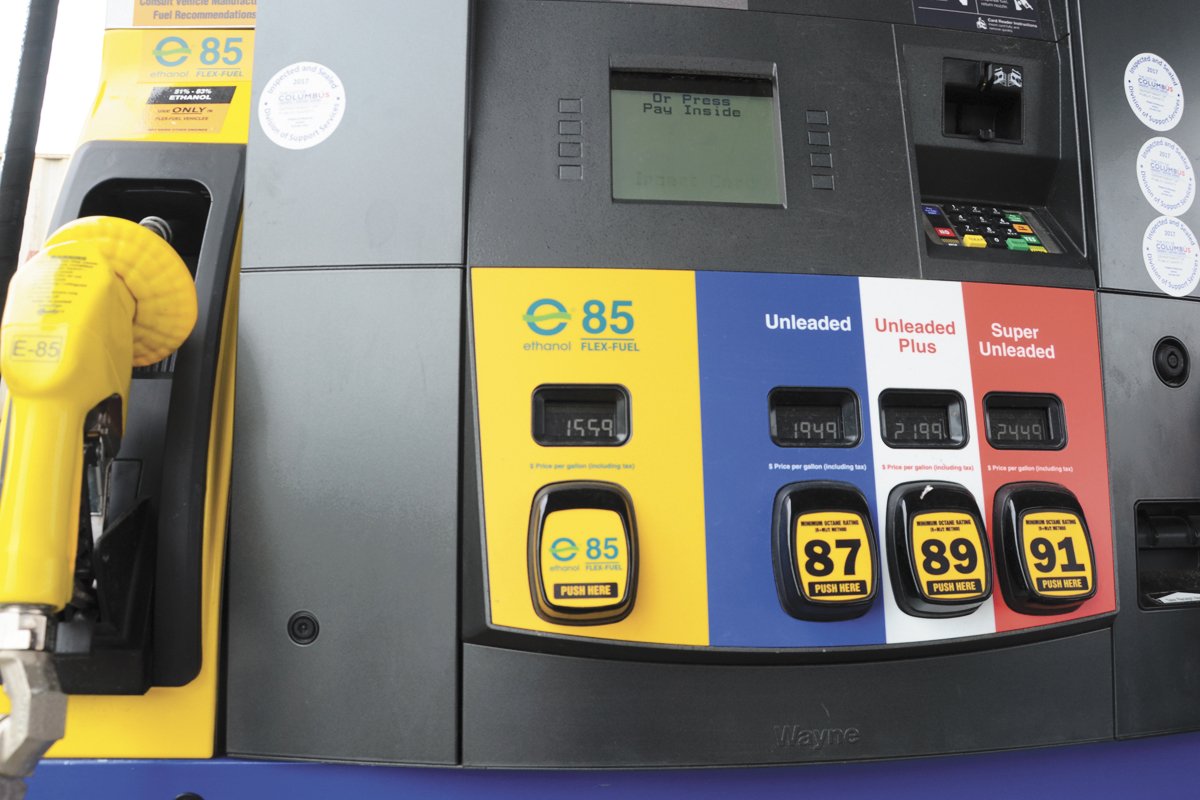The owner of one of the largest sale barns in the country says once the U.S. decides to resume live...
California’s E85 Market is Booming and Paying Off for U.S. Corn Farmers

California is the country’s largest domestic market for E85 fuel, and the state’s largest ethanol distributor says that’s good news for farmers.
Jeff Wilkerson with Pearson Fuels says retailers in California are buying ethanol at a record pace to meet the state’s Low Carbon Fuel Standard. “Nebraska, Iowa and Kansas – these are big states selling ethanol into California and it will continue. That’s where ethanol is produced and that’s where the supply is at. There’s a direct tie back to corn farmers who are taking their corn directly to ethanol plants.”
The Low Carbon Fuel Standard is designed to decrease the carbon intensity of California’s transportation fuel supply and provide an increasing range of low-carbon and renewable fuel options to achieve air quality requirements.
Wilkerson says, “California requires plants to have low carbon intensity scores to sell ethanol in the state adding more value to corn. We’re hoping to show that if you price carbon emissions, or you put a price on the carbon intensity of your fuels, ethanol comes out really well. This incentivizes both farmers and producers to make efficiency improvements.”
Last year, consumers in California used more than 60 million gallons of E85, which is more than Iowa and Minnesota combined.
The Nebraska Corn Board, Kansas Corn Commission and the Missouri Corn Growers Association have invested more than $1 million to help retailers supply E85.
Editor’s Take:
It is no secret there is a direct correlation between ethanol sales and corn prices and production. The demand in states like California certainly underpin the market for both the finished product, ethanol, and the raw feedstock, corn. This is great news for farmers and refiners. Once again, efforts by commodity checkoff programs that are supported by farmer contributions are key players in developing new markets for the commodities they represent. Investments by farmers will continue to play a significant role in the future. This is no different from your investment in CAD that can, when executed properly, help you expand markets in the agricultural space.







-1.jpeg?height=200&name=CNHI-UAW-logos%20(1)-1.jpeg)
